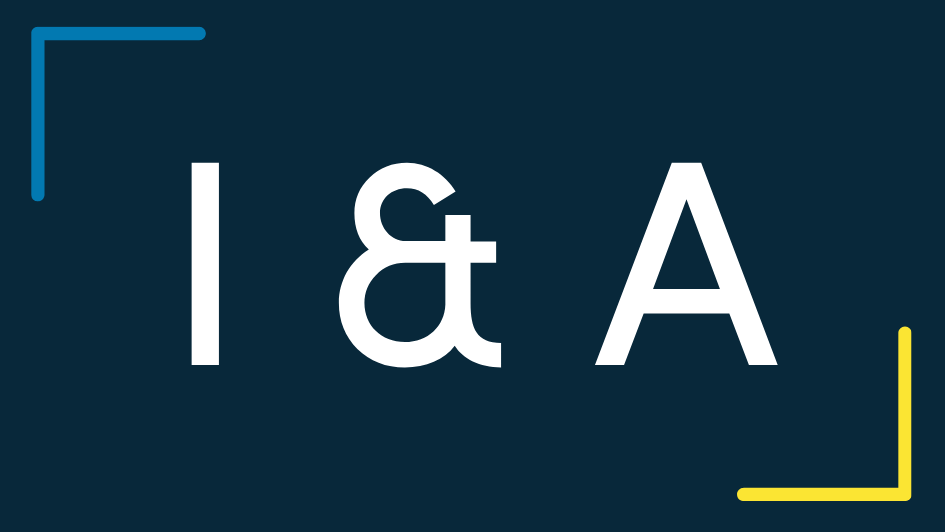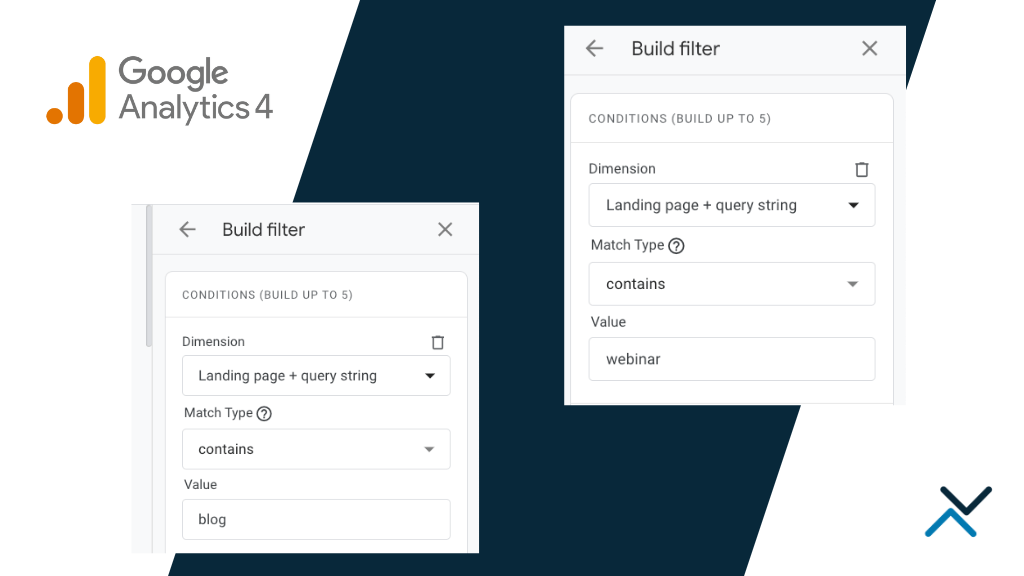Online security is no longer an area to take lightly. With cyberattacks and data breaches, companies must protect their websites from vulnerabilities. But how can we make sure our sites are protected?
In this article, we break down some of the best practices for web security so that you can have peace of mind.
Common Types of Web Vulnerabilities
Cross-Site Scripting (XSS)
Cross-site scripting (XSS) happens when an attacker inserts malicious scripts into web applications. This can cause:
- Theft of private information
- Session hijacking
- The introduction of malware to unwary users
XSS vulnerabilities are frequently discovered in comment sections, search bars, and input forms where user input is not adequately sanitized or validated.
SQL Injection
Attackers can use the SQL injection technique to insert incorrect SQL queries into a web application’s database by manipulating input fields. If successful, this might result in unapproved access and data loss. Websites that do not adequately validate and sanitize user input are frequently the target of SQL injection.
Cross-Site Request Forgery (CSRF)
In a cross-site request forgery attack or CSRF, a user is deceived into unintentionally using an online application without permission. This can involve doing things like making illicit transactions, changing account settings, or even deleting data. CSRF attacks work by taking advantage of a user’s authenticated session; this is why web developers implement proper anti-CSRF tokens and verification mechanisms.
Security Misconfigurations
Security misconfigurations occur when web applications or their underlying server configurations are not properly set up or maintained. These misconfigurations can expose sensitive data or provide unauthorized access to attackers. Common examples include default credentials, unnecessary open ports or overly permissive access controls.
Insecure Deserialization
When an application processes data from unauthorized sources without adequate validation, insecure deserialization results. Attackers might exploit this flaw by introducing malicious payloads during the deserialization process and causing remote code execution or other harmful deeds. Developers must validate and sanitize data inputs and implement strict controls over the deserialization process to prevent these vulnerabilities.
Web Security Best Practices
Secure Development Practices
Code Reviews and Static Analysis
Regular code reviews and static code analysis tools identify security vulnerabilities during development. Code reviews involve peer code evaluation to spot potential issues, while static analysis tools automatically scan code for known vulnerabilities. These practices help catch coding errors, insecure coding patterns and vulnerabilities before they reach production, reducing the likelihood of exploitation.
Input Validation & Output Encoding
Implementing strong input validation and output encoding is crucial in preventing attacks like SQL injection and Cross-Site Scripting (XSS). By validating and sanitizing user inputs and encoding outputs, developers can ensure that malicious data cannot infiltrate the application, thus thwarting common attack vectors.
Using Web Application Firewalls (WAFs)
Web Application Firewalls serve as an additional layer of defense, especially for legacy applications or when quick protection is required. WAFs analyze incoming traffic and can filter out malicious requests, offering protection against a wide range of attacks. While valuable, they should complement, not replace, secure development practices.
Authentication & Authorization
Strong Password Policies
Enforcing strong password policies is an essential first line of defense against unauthorized access. This includes requiring complex passwords with a mix of characters and periodic password changes. Password hashing and salting techniques should be used to protect stored passwords.
Multi-Factor Authentication (MFA)
With multi-factor authentication, users must present two or more pieces of identity before access is granted, adding an extra layer of security. Depending on the user, this could be a password, a mobile device or biometric information about who they are.
Role-Based Access Control (RBAC)
RBAC ensures that users have the appropriate level of access based on their roles and responsibilities within the application. Companies can minimize the attack surface and prevent unauthorized actions by limiting access to only what’s necessary. This, for example, is why we restrict access for employees or staff that use the backend of a website built on WordPress. Restricted access provides users with the access they need without having too much access.
Security Patch Management
Regularly Update Software and Libraries
Keeping all software components, including operating systems, web servers, databases, plugins and third-party libraries, up to date is critical to address known vulnerabilities. Attackers often target outdated software with known exploits, making timely updates essential. In WordPress, most attacks happen through outdated plugins. It’s important to perform routine website maintenance to keep all plugins and theme files properly updated.
Monitoring for Vulnerabilities
Implementing continuous vulnerability scanning and monitoring tools helps organizations stay informed about newly discovered vulnerabilities that may affect their systems. This proactive approach allows for swift remediation before attackers can exploit these weaknesses.
Data Encryption
SSL/TLS for Data in Transit
Data transferred between the client and server is encrypted using the Secure Sockets Layer (SSL) and Transport Layer Security (TLS) protocols, guaranteeing the confidentiality of sensitive data like login passwords or payment information. Sites that possess an SSL certificate show a sign of trustworthiness and security, and they are important for website SEO.
Encryption at Rest for Sensitive Data
Whether data is kept in databases, hard drives or cloud storage, encrypting information at rest adds an extra degree of security. Without the encryption keys, an attacker cannot decrypt the data even if they get access to it.
Error Handling and Logging
Proper Error Messages
Implementing proper error messages helps protect sensitive information from leaking to potential attackers. Error messages should be generic and not reveal specific details about the system’s internal workings, which could be exploited.
Secure Logging Practices
Robust logging practices are crucial for monitoring and detecting security incidents. Logs should be stored securely, regularly reviewed and protected from unauthorized access. Additionally, log data should be analyzed for signs of suspicious activity.
Security Headers
Content Security Policy (CSP)
CSP headers define the sources from which content can be loaded on a web page. Properly configured CSP headers can prevent malicious scripts from running in the user’s browser.
HTTP Strict Transport Security (HSTS)
HSTS headers instruct browsers to always connect to a website using HTTPS, even if the user attempts an HTTP connection. This helps prevent man-in-the-middle attacks and ensures data in transit remains encrypted.
Web Security Testing and Assessment
Automated Tools
Automated vulnerability scanning tools identify potential web applications and system weaknesses. These tools, like Nessus, OpenVAS or Qualys, automatically scan websites and networks to detect known vulnerabilities, misconfigurations and outdated software.
Manual Testing
Manual vulnerability testing, conducted by experienced security professionals, goes beyond automated scans. It involves an in-depth examination of web applications, focusing on critical areas where automated tools may miss vulnerabilities. Manual testers can identify logic flaws, business logic vulnerabilities and other complex issues requiring human intelligence.
Penetration Testing
Penetration testing, often referred to as pen testing or ethical hacking, is a proactive approach to assess the security of a web application or network. Penetration testers, acting as attackers, attempt to exploit vulnerabilities to gain unauthorized access or compromise systems. This controlled testing helps organizations understand their real-world security posture, discover vulnerabilities that automated tools may miss and assess the effectiveness of their security measures.
Security Audits
Security audits involve a thorough review of an organization’s web security practices, policies and procedures. These audits can be conducted internally or by third-party experts and are designed to assess compliance with security standards and best practices.
Continuous Monitoring
Continuous monitoring is known as real-time surveillance and analysis of security-related events and vulnerabilities. It entails using intrusion detection systems (IDS), security information and event management (SIEM) systems, and other monitoring technologies to find and address security events as they happen.
Getting Web Security Right
Web security is essential in today’s digital world and implementing best practices protects your site. You can effectively reduce your risk of malicious activity by employing a strong password policy, scanning regularly for malware and vulnerabilities, and reducing user privilege levels whenever possible. Staying informed and updated on emerging threats, as well as using reliable security programs, ensures that you’re going the extra mile in keeping your website safe from any potential issues.










